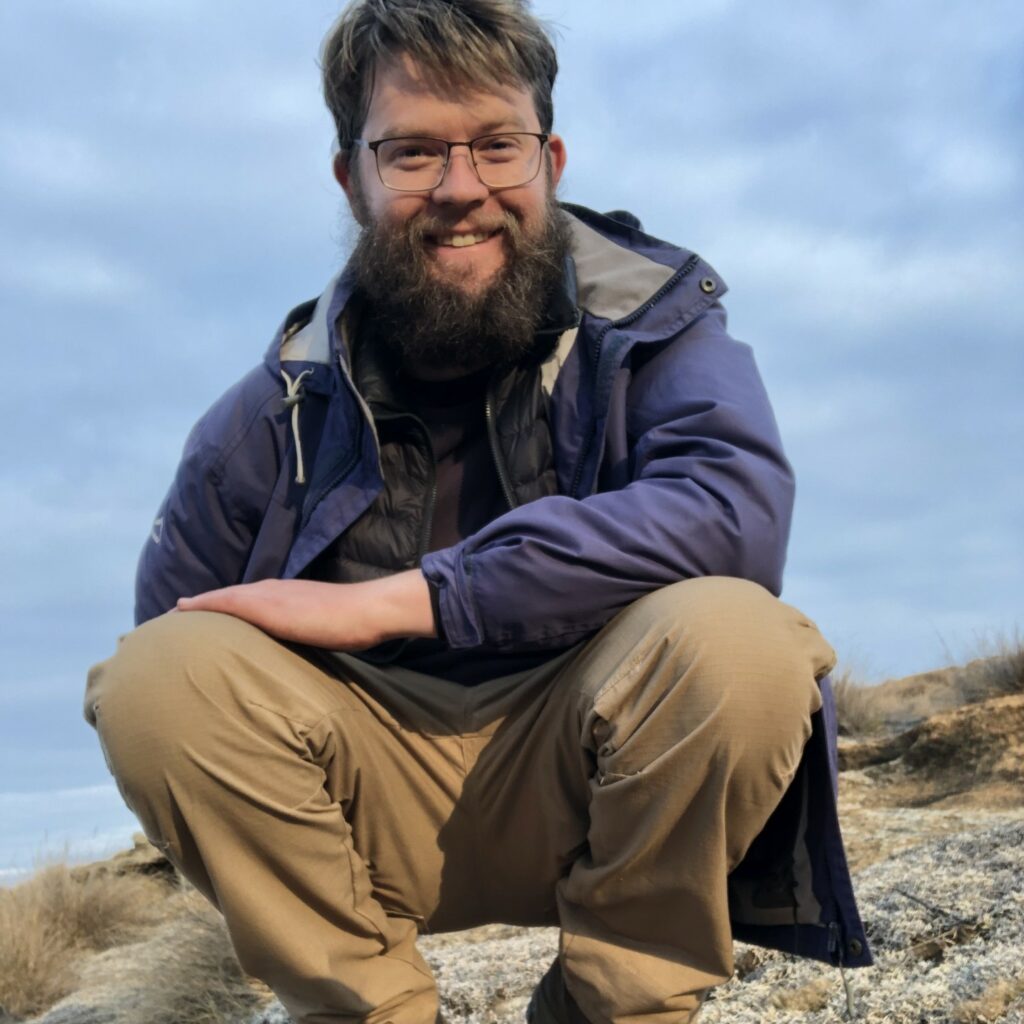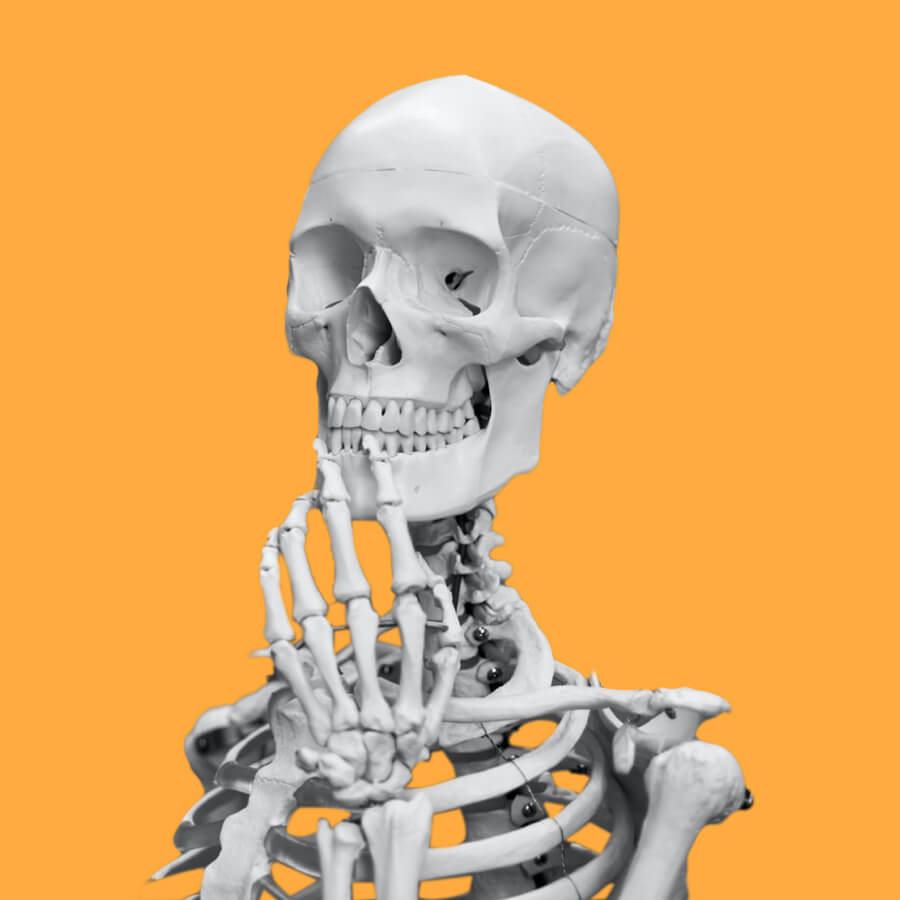Peter Morrisey
Postdoctoral Fellow
School of Geography, Archaeology, and Environmental Studies, University of the Witwatersrand

Biography
I grew up in the rural Eastern Cape, but subsequently completed my undergraduate and postgraduate studies at the University of the Witwatersrand, in Johannesburg. Over the course of my undergraduate studies, I gradually became interested in geoarchaeology, and I have now completed a BSc Honours, MSc, and PhD with projects falling within this subdiscipline. My earlier postgraduate research focused on understanding landscape-scale geomorphic processes and their implications for interpreting archaeological and palaeoanthropological evidence. However, during my PhD I shifted to a multiscale approach and received training in micromorphology and other microcontextual analyses. As it is not currently possible to be trained in these techniques in South Africa, I travelled to the University of Tuebingen, in Germany. I am now one of a very small group of Africa-based researchers with training and experience in these techniques.
now one of a very small group of Africabased researchers with training and experience in these techniques.
Disciplines
geoarchaeology, micromorphology
Fields of study
Geoarchaeological studies of the construction, use, and anthropogenic modification of combustion features can provide important insights into the human behaviours responsible for their formation. Due to the complexity of these deposits and the range of behaviours that may be involved in their formation, microscopic approaches – particularly archaeological micromorphology – have proven to be the most effective means to analyse them. General trends over the Middle and Late Pleistocene show increasingly intensive use of sites and developments in pyrotechnology, resulting in greater structuring and maintenance of spaces and more complex uses of fire and the products of combustion, such as heat treatment for lithic production and making mastic for composite tools. Combustion features thus provide evidence for increasingly modern behaviours, and demonstrate the importance of some behavioural developments enabling the emergence of other modern behaviours. Recent microscale research at Border Cave has yielded evidence for the intensive use of fire and innovative site management behaviours at around 200 000 years ago, significantly predating any other evidence for similar behaviours in southern Africa. The proposed project entails the micromorphological analysis of combustion features ranging between ~200 ka and ~60 ka to characterise spatial variation in site management behaviours within anthropogenic members, and explore temporal variation in these behaviours through the Border Cave sequence. This study will entail the micromorphological analysis of existing thin section samples, and the collection, preparation, and analysis of new samples. Characterising the composition and structure of various combustion features will allow the interpretation of their formation processes, including the initial behaviours that formed them, and any subsequent natural processes or human activities which disturbed or altered them. Given the length of the sequence, and the density of combustion features within the anthropogenic members, this is a unique opportunity to consider Middle Stone Age site management behaviours and combustion feature functions on a scale not currently possible elsewhere in southern Africa. The resulting insight into evolution and/or stasis of these significant behaviours will contribute to the broader goal of characterizing human cognitive abilities which has been a major focus of much Middle Stone Age research for the past few decades.
Awards and recognition
- 2014 Van Riet Lowe Prize for top undergraduate student in Archaeology, University of the Witwatersrand
